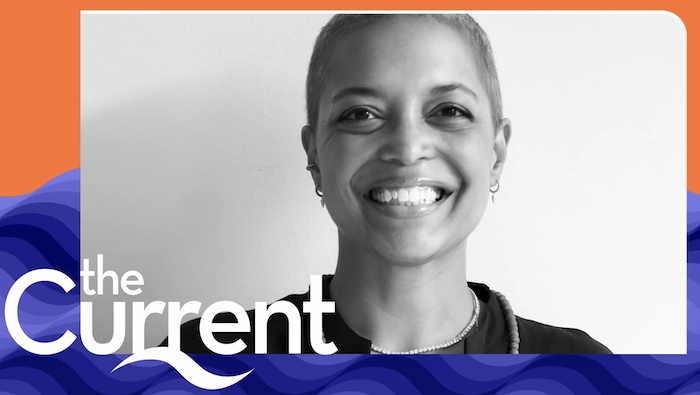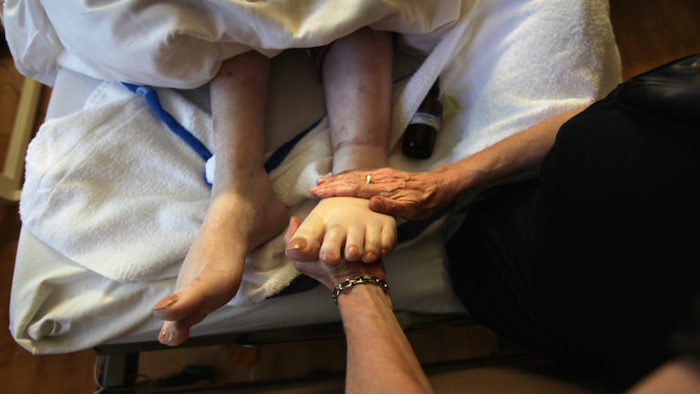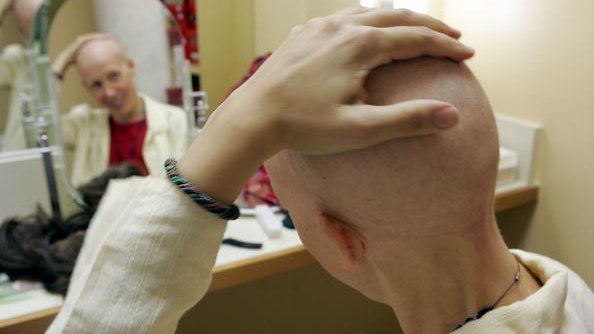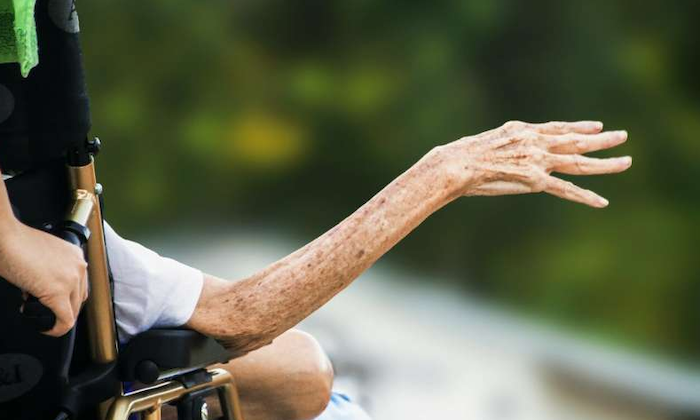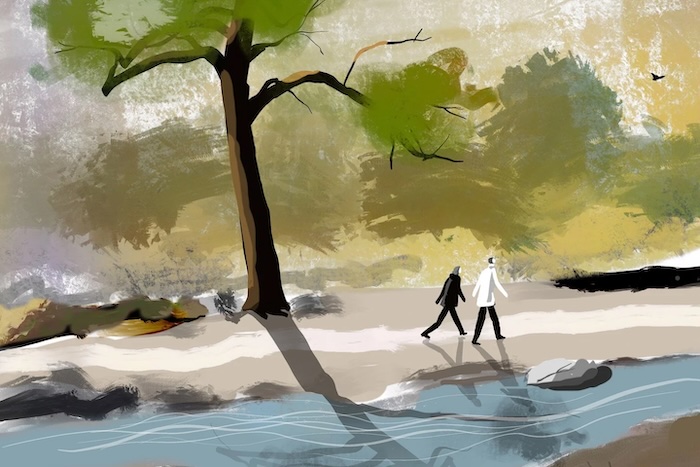— But it gave my mother a dignified end
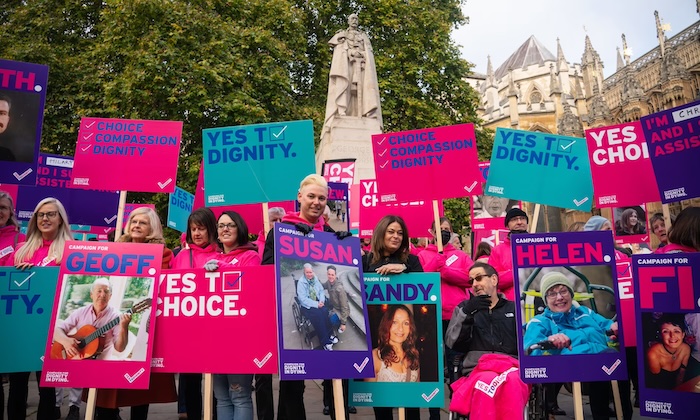
The Dutch legalisation spared her further misery. We don’t take euthanasia lightly; we’re just grateful to have the option
My mother, Jannèt, was 90 years old when she ended her life by means of euthanasia. For years she had been suffering from numerous serious and painful conditions that made her life miserable. She always worried about her health and was terrified of what the future undeniably held in store for her: more pain, more dependence on others, more suffering, more desperation.
On 20 June 2022 at 2pm she was visited by a doctor and a nurse. They had a last conversation with her, during which the doctor asked her if euthanasia was still what she wanted. My mother said yes. She had already decided that she would take the drink herself instead of being injected. She didn’t want to mentally burden the doctor more than necessary.
I was impressed by my mother’s courage in the face of death. She was completely calm, almost cheerful. Before the procedure started, she spoke briefly to us, her three daughters. She told us how it was important to take care of the Earth wisely, to recycle as much as possible and to look after one another. She then drank the small cup in one gulp. She fell asleep very quickly and 15 minutes later the doctor told us her heart had stopped beating. A long and tormented life had come to an end.
The country in which I live, the Netherlands, was the first in the world to legalise euthanasia in specific cases. That was in 2001. Assisted dying has become generally accepted in our country. We talk about it openly and we consider the possibility when situations call for it. We are grateful that this option exists, because it prevents so much pointless suffering. But we never talk about it lightly. Assisted dying has always remained something huge, something you don’t resort to lightheartedly.

As a matter of fact, you can’t. In the Netherlands it will always remain a criminal offence to end a life. Exceptions are made only when a whole range of requirements are met. First of all, the patient must ask for it themselves and must therefore be mentally capable of asking for it. In addition, there are all kinds of due care requirements. For example, the doctor must be convinced that the request for assisted dying is voluntary and that the patient has carefully thought it through. The doctor must also be convinced that the patient’s suffering is hopeless and unbearable. That they can no longer heal, that it is not possible to alleviate their suffering and that there is no reasonable other solution. At least one other independent doctor must be consulted. That independent doctor will discuss the situation with the patient and form his or her own opinion about the situation.
Assisted dying is allowed only if a person is suffering owing to a medical cause, not if someone is simply tired of life or feels that their life is complete. My mother didn’t feel that her life was complete. There were still things that made her happy. She loved flowers and plants; she loved politics; she followed the news. But because of her deafness, incontinence and many other conditions she became socially isolated. Visits from friends became too much for her, and at a certain point even phone calls became impossible.
Walking became very difficult, and she grew afraid to go outside. She always loved to wander through a neighbourhood park, especially in springtime, when the bluebells and lilies of the valley bloomed abundantly. But she was no longer able to go there, not even in a wheelchair. She always enjoyed reading and watching nature programmes, but those things too became increasingly difficult. Her numerous ailments and her lack of mental resilience to deal with them made a normal daily existence impossible. And there was no prospect of improvement.
My mother’s euthanasia was a long process. Five years before her death, she told her GP that assisted dying was what she wanted if her life became unbearable. Over the years, my older sister discussed this wish with her during long conversations. She also took charge of all the conversations that were necessary before permission was finally given.
My mother wanted to celebrate her 90th birthday before she took leave of life. Her last birthday fell on Easter, which she regarded as meaningful. But what kind of birthday gift can you give to someone who will soon be gone? My older sister came up with the idea of making a book in which all her loved ones wrote down what she meant to them, or reminisced. She was very happy with that.
We sat close to her when she died. My younger sister took my mother’s hand and she held it tightly. The older sibling said in a soft voice, “You can close your eyes now, Mum.” That’s what my mother did. I sat there and tried not to cry. It’s not easy to witness your mother drinking a deadly potion and dying after 15 minutes.
The next day was the first day of summer. The sun was shining, the weather was beautiful. I woke up with the pain that my mother was gone. But also with a feeling of relief and deep gratitude that, after such an incredibly difficult life, she had been granted a painless and dignified death. I knew we had given her a great gift.
Complete Article ↪HERE↩!

